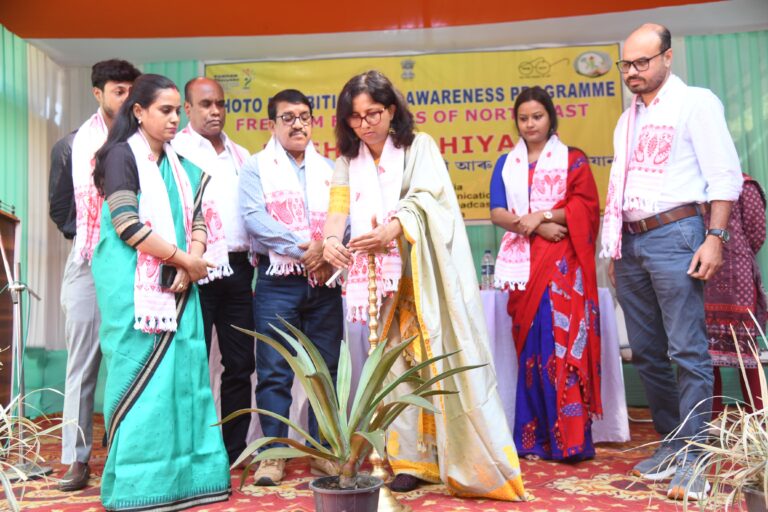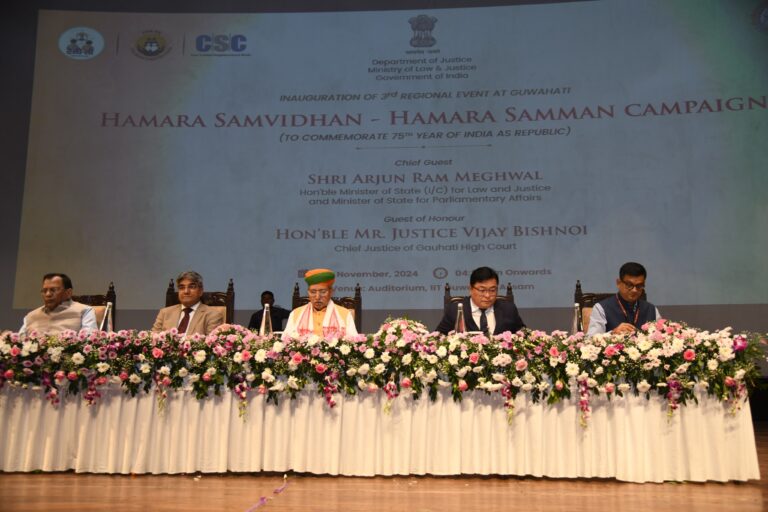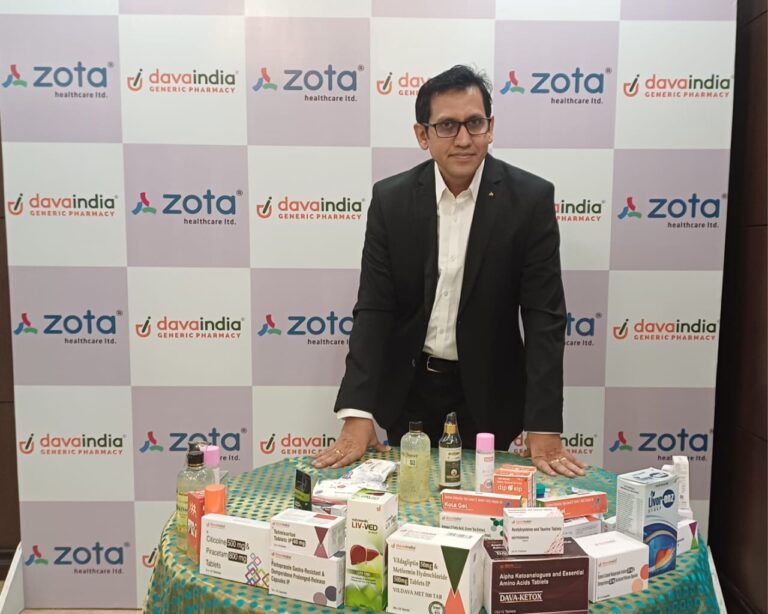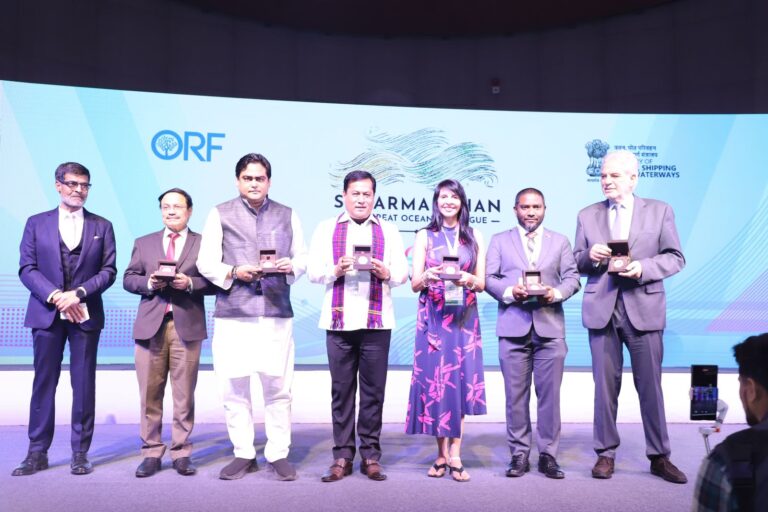GUWAHATI: In a novel move to adapt to the ongoing pandemic, the Fashion Design Council of India (FDCI) organised the country’s first-ever virtual fashion week between 18-23 September. 12 designers put forth their latest couture collections in the form of fashion films. While a certain “up-close and personal” element is needed to experience a couture collection, the designers tried to make up for it by showcasing as much detail as possible in the films.
The designer’s collection, Name Is Love, was a celebration of diversity, with models from across gender and body types, wearing gowns, dresses, lehengas, sari-gowns, suits and jackets marked with his signature fluidity. The colour palette featured jewel tones such as ruby reds and emerald greens to the more muted shades of black, white and beige. Sharp tailoring, which is at the heart of Gupta’s architectural fashion, was clearly visible on screen, partly owing to the nature of his stroboscopic design aesthetic.

Futuristic biomimicry in Amit Aggarwal’s latest
Aggarwal also uses architectural design techniques and relies heavily on symmetry in his lehengas and sari-gowns. For this collection, he drew inspiration from the aquatic world. Handwoven polymer strips came together as geometric lines, meshes and intersections in the garments. The collection was shot with models floating in a pool of water, and the clothes expressing his fascination with futuristic biomimicry.

Rahul Mishra’s continued engagement with fashion films
His current collection, The Lotus Pond, was a dreamy extension of the designer’s tryst with fashion film. He had experimented with the medium during the Paris Couture Week in July, earlier this year. His latest one has been inspired by “environment, employment and empowerment” — an ethos that Mishra has always been vocal about. The collection was shot at the restored Tijana Fort in Rajasthan, and features saris, lehengas, gowns, kurtas, bound jackets and sherwanis. The motifs were inspired from nature and featured aquatic flora and fauna in Mishra’s signature applique embroidery work. It offered a romantic notion of the pond as a complete ecosystem in itself.

The veteran designer returned to India Couture Week this year with renewed vigour. He carried forth his fascination with the Ottoman Empire in the collection, Bursa. Inspired by the Turkish city and its bustling geography and culture, Valaya crafted saris, lehengas and sherwanis. He circled back to some of his classic styles, such as chevron motifs as well as the traditional technique of zardozi on silk and velvet. The collection evoked a certain joie de vivre with its rich, celebratory colours in both womenswear and menswear. The approach was tasteful yet subtly restrained.

Anju Modi reinterprets the archive
Yet another fashion veteran, Anju Modi, presented a rather versatile and contemporary collection, titled Sindoori. The designer reinvented her archival work with a contemporary vision. The film traced the journey of a young girl as she becomes a bride. It showed an array of lehengas, saris and traditional separates that were lightweight and embellished with delicate embroidery. She made use of mashru silk, Banarasi brocades and Tanchoi silks with techniques like zardozi and mukaish. The colour palette transitioned from bright, passionate reds to paler creams, ivories and yellows.



















